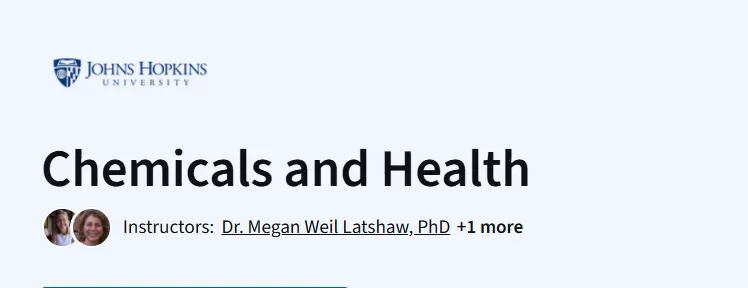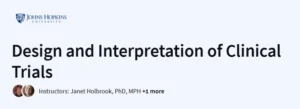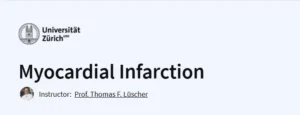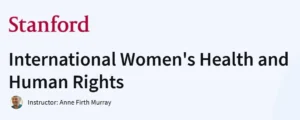What will you learn in Chemicals and Health Course
Understand how chemicals in our environment and everyday products enter our bodies and influence our health.
Learn the basics of toxicology—how chemicals behave in the body and how they may impact your well-being.
Explore biomonitoring: find out how health professionals track chemical exposure in humans using lab methods.
Learn ways we assess the health risks of chemicals and use that knowledge to shape public health policy.
Dive into real-world scenarios through case studies—like tobacco smoke, arsenic in food, drinking water safety, and worker exposure in nanotechnology.
Program Overview
Module 1: Welcome & Introduction
⌛ 2 hours
Topics: Course overview. What chemicals are and how we’re exposed. Chemical production and regulation.
Hands-on: Peer assessment to gauge your starting understanding. Watch videos and review readings.
Module 2: Toxicology — What do chemicals do in our bodies?
⌛ 1 hour
Topics: Mechanisms of toxicology, toxicokinetics, and toxicodynamics.
Hands-on: Take the quiz covering content from Modules 1 and 2.
Module 3: Biomonitoring — How do we measure chemicals in our bodies and why?
⌛ 47 minutes
Topics: CDC’s biomonitoring efforts and local laboratory data on chemical exposure.
Hands-on: Watch videos and participate in a discussion prompt.
Module 4: Health Effects of Chemicals — How do we figure out their impact?
⌛ 1 hour
Topics: How scientists assess health effects. The role of risk assessment in decision-making.
Hands-on: Watch lectures and complete a quiz on Modules 3 and 4.
Module 5: Chemicals Policy — What do we do about chemicals & health?
⌛ 2 hours
Topics: Evolution of the Toxic Substances Control Act. Air quality regulations.
Hands-on: Peer-reviewed writing assignment to reflect on chemical policy.
Module 6: Case Studies
⌛ 1 hour
Topics: Real-world examples—tobacco smoke, arsenic in food, water safety, nanotechnology, worker health. Course wrap-up.
Hands-on: Watch engaging case study videos and complete the course.
Get certificate
Job Outlook
Ideal for those entering public health, environmental health, or health policy fields, with a focus on chemical exposure and risk management.
Useful for early-career toxicologists, chemists, or forensic scientists who want a stronger understanding of how chemicals affect health.
Helpful for professionals involved in policy-making, community health programs, or health regulation.
Specification: Chemicals and Health
|
FAQs
- No advanced chemistry background is needed.
- The course explains toxicology and chemical exposure in simple terms.
- Focus is on health impacts rather than chemical formulas.
- Key concepts are introduced progressively.
- Suitable for both beginners and health professionals.
- Covers household, workplace, and environmental exposures.
- Explains links between chemicals and chronic diseases.
- Discusses risks from food, air, and consumer products.
- Shows how regulation protects against harmful exposure.
- Encourages informed choices in daily living.
- Introduces frameworks used in chemical regulation.
- Explains risk assessment in public health decisions.
- Highlights international approaches to chemical safety.
- Shows how science informs environmental policy.
- Prepares learners for roles in advocacy and research.
- Useful for law, policy, and environmental science fields.
- Supports work in NGOs and advocacy organizations.
- Helps journalists report accurately on chemical risks.
- Provides foundation for sustainability and corporate safety roles.
- Encourages interdisciplinary collaboration on global health.
- Discusses scientific evidence on pesticides and plastics.
- Reviews health effects of endocrine disruptors.
- Explains regulatory debates and global perspectives.
- Focuses on objective, research-driven insights.
- Encourages critical thinking about emerging risks.





